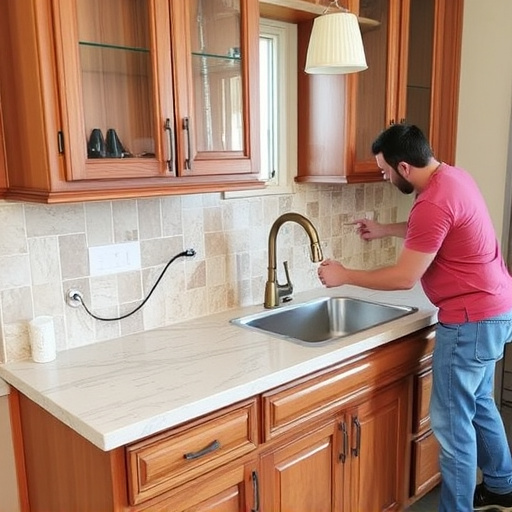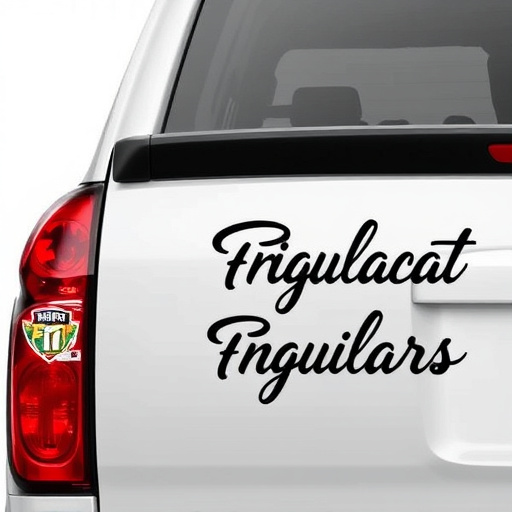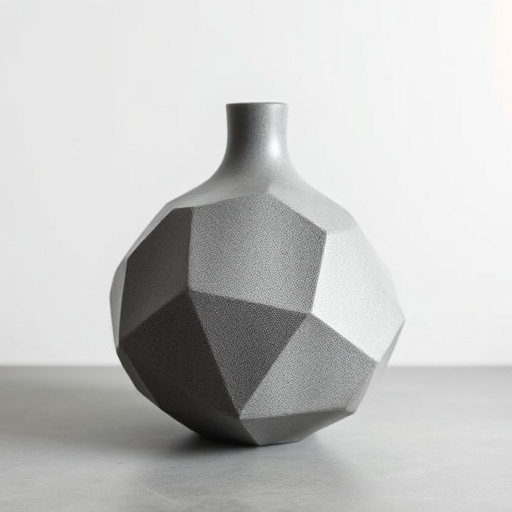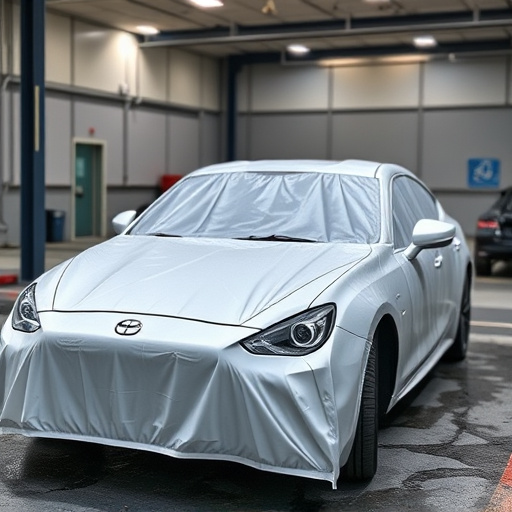Quality workmanship is a competitive advantage in visually demanding sectors like custom vehicle wraps, exceeding client expectations through craftsmanship, industry innovation, and team precision. Clear standards guide this process, enhancing resource allocation, training, and control for consistent high service standards and satisfaction. Cultivating a quality-focused culture with clear expectations and leadership by example ensures every project meets or exceeds expectations.
In today’s competitive market, setting standards and expectations for quality workmanship is paramount. This article explores the essential components of excellence in craftsmanship, providing a comprehensive guide for businesses aiming to achieve and maintain superior standards. We delve into defining quality work, establishing clear benchmarks, and cultivating a culture that fosters consistency and accountability. By implementing these strategies, organizations can enhance their reputation, boost client satisfaction, and secure long-term success, ultimately elevating the bar for industry standards.
- Understanding Quality Workmanship: Defining Excellence
- Setting Clear Standards: A Roadmap to Success
- Cultivating a Culture of Expectation: Ensuring Consistency and Accountability
Understanding Quality Workmanship: Defining Excellence

Quality workmanship is a cornerstone of any successful business, especially in industries where appearance and functionality are paramount. When discussing quality, it’s essential to define excellence within the context of your field. For instance, in the realm of custom vehicle wraps, achieving top-tier quality means not only meticulous attention to detail but also understanding the latest trends and technologies. It involves using premium automotive services that cater to both aesthetics and protection, such as advanced window tinting techniques.
Excellence in quality workmanship goes beyond meeting standard requirements; it’s about consistently delivering exceptional results that surpass client expectations. This requires a deep commitment to craftsmanship, staying updated with industry innovations, and fostering a culture of precision and excellence within your team. By setting these standards, businesses can ensure their work is not just good enough but becomes the benchmark for quality in their market, thereby gaining a competitive edge and fostering long-term client loyalty.
Setting Clear Standards: A Roadmap to Success

Setting clear standards is a fundamental step in ensuring quality workmanship across any industry, especially in premium automotive services. It serves as a roadmap that guides both the service provider and the client, fostering an environment where excellence is not just aspired to but achieved consistently. When it comes to paint correction or scratch protection, for instance, defining precise criteria ensures technicians understand the level of detail expected, from surface preparation to the final finish.
This clarity allows for better resource allocation, training, and quality control measures. By establishing these standards early on, businesses can maintain a high bar for their services, ensuring client satisfaction and fostering long-term loyalty. It’s about creating a culture where every task is executed with the same meticulous attention to detail, guaranteeing that every vehicle leaving the shop meets or exceeds expectations regarding quality workmanship.
Cultivating a Culture of Expectation: Ensuring Consistency and Accountability

In any organization, cultivating a culture that prioritizes quality workmanship is paramount to achieving excellence. This begins with setting clear and consistent standards for what constitutes high-quality finishes across all projects, be it custom vehicle wraps or window tinting services. By establishing these benchmarks, businesses ensure that every task, no matter how small, aligns with their vision of perfection. Consistency in expectations fosters accountability among employees; each individual becomes an advocate for quality, striving to meet and exceed set standards.
Moreover, this culture of expectation permeates all levels of the organization. When managers and leaders lead by example, demonstrating a keen eye for detail and a commitment to excellence, it inspires the team to follow suit. This collective mindset ensures that every project is treated with the same level of care and precision, resulting in consistent, top-tier outcomes—a hallmark of any successful business specializing in services like custom vehicle wraps or window tinting.
In setting standards and expectations for quality workmanship, organizations can create a culture that fosters excellence and drives success. By defining clear metrics, cultivating a mindset of consistent quality, and holding individuals accountable, businesses can ensure their output meets the highest standards. This not only enhances customer satisfaction but also positions the organization as a leader in its industry, fostering a reputation built on reliable and exceptional performance. Quality workmanship is achievable when these practices are implemented and embraced at every level.














